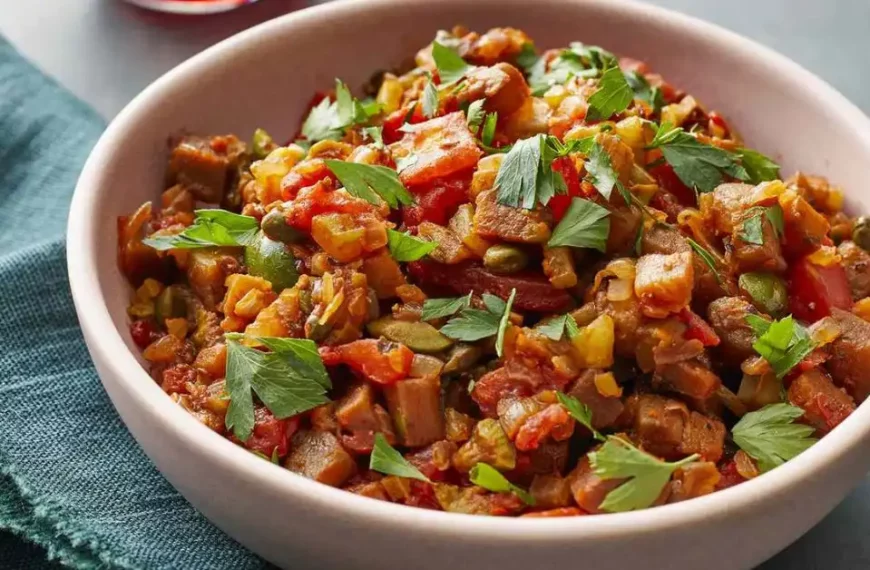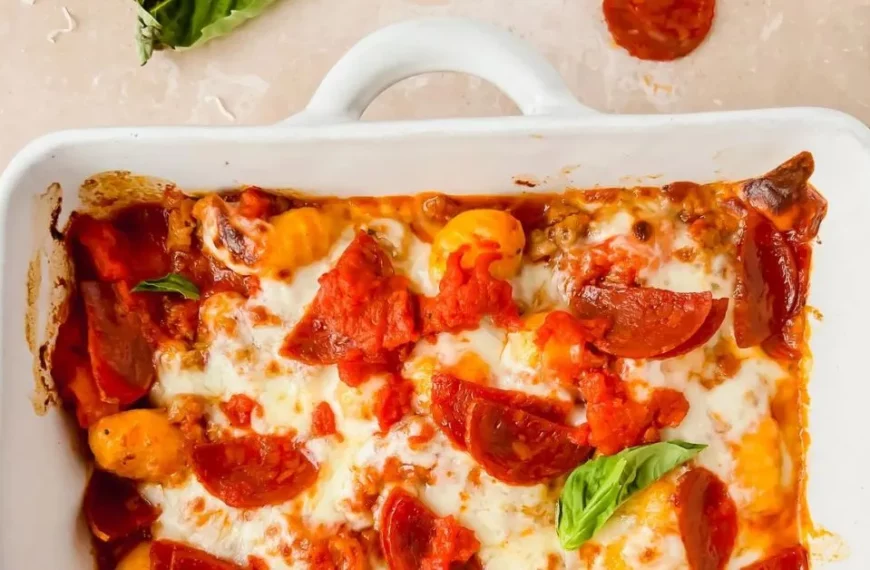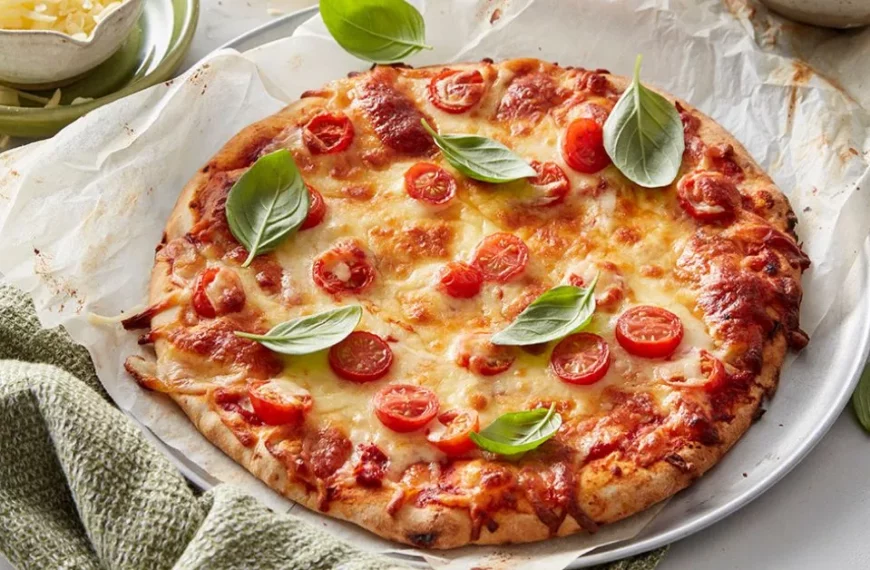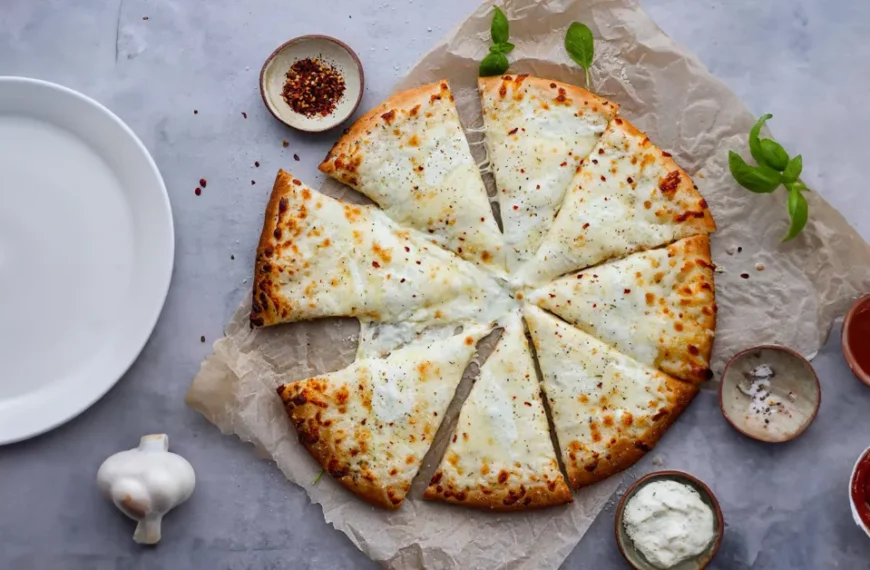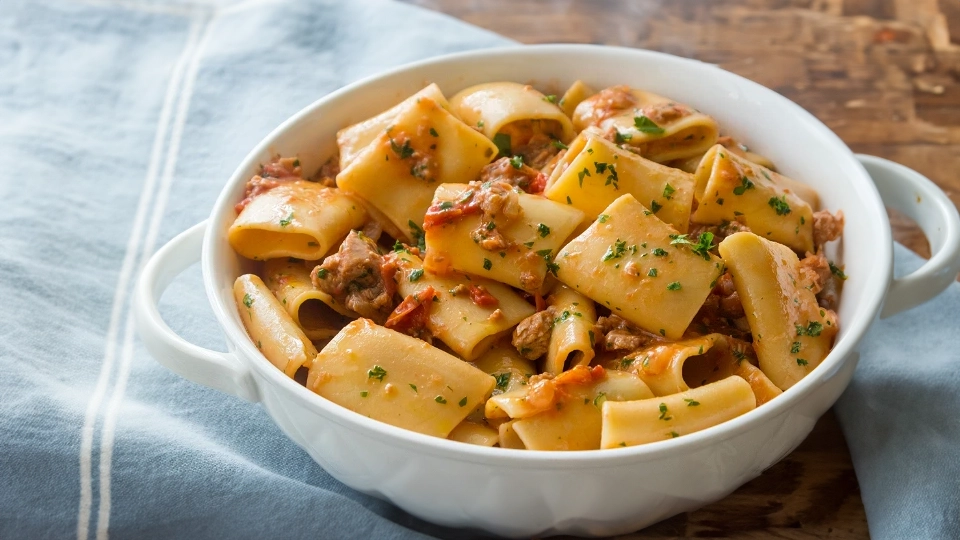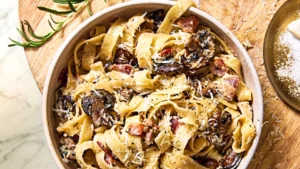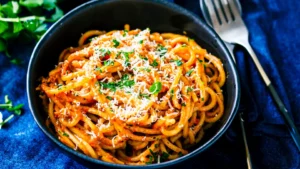When it comes to Italian cuisine, we often think of the classics: pasta, pizza, and gelato, but Italy’s culinary landscape is far more diverse and rich in flavor. An often overlooked, but exemplary dish in the tapestry of Italian cooking is the art of breaded and deep-fried anchovies—a delicacy that highlights the simple and exquisite flavors found in the Mediterranean.
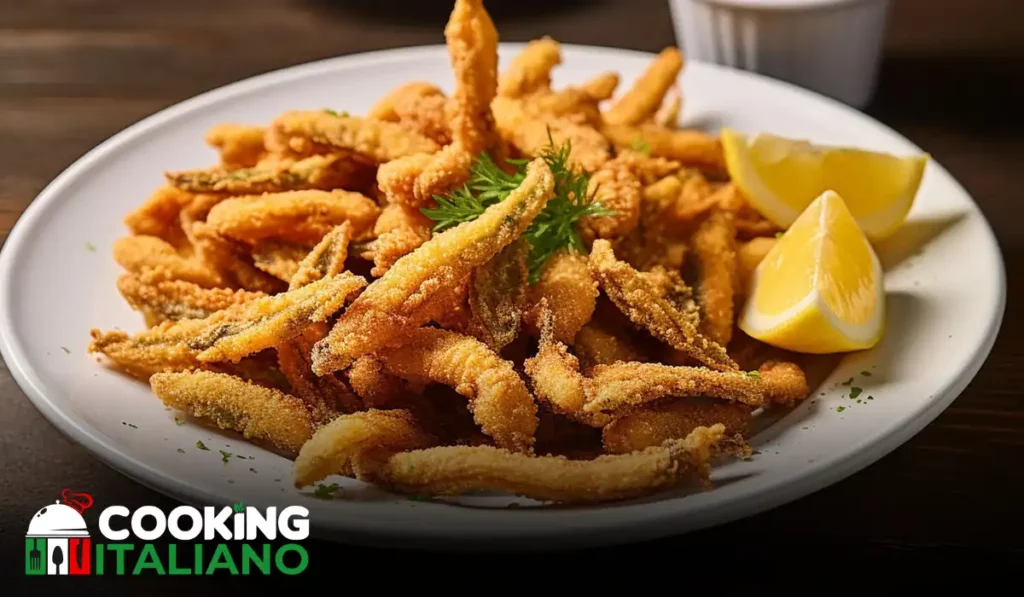
In Italy, food is not just about sustenance; it’s a way of life, a fertile ground for communities to come together and share in the joy of creating and enjoying a meal. The process of frying a fresh batch of anchovies, from cleaning and breading to watching them turn golden and crispy, is as much a ritual as it is a recipe.
This blog post dives deep into the preparation and appreciation of breaded and deep-fried anchovies. We’ll savor every step, from seasoning to storage, and provide a recipe that keeps the tradition alive while allowing for your own personal touch. Whether you’re new to the culinary arts or a seasoned professional, this post is your invitation to savor the taste of Italian tradition in your own kitchen.
Breaded and Deep Fried Anchovies

Ingredients
- 500g fresh anchovies, cleaned and gutted
- 100g all-purpose flour
- 2 large eggs, beaten
- 150g bread crumbs
- 1 teaspoon salt
- 1/2 teaspoon ground black pepper
- 1/2 teaspoon dried oregano
- 1/2 teaspoon garlic powder (optional)
- Lemon wedges, for serving
- Vegetable oil, for frying
- Fresh parsley, finely chopped (for garnish)
Instructions
- Begin by removing the heads, tails, and backbones of the fish. Open them up and scrape out the insides, then rinse the anchovies thoroughly. Pat them dry with paper towels.
- In a shallow dish, season the flour with salt and pepper. This will be the first coating the anchovies get, so it’s important the flour is well spiced.
- In a separate dish, beat the eggs with a pinch of salt. The egg wash is a bridge between the flour coating and the final layer of breadcrumbs.
- One at a time, dredge the anchovies in the seasoned flour, then dip them into the egg wash, and finally coat them in the breadcrumbs. Be sure to press the breadcrumbs onto the fish to ensure a good covering.
- You’re going to want to shallow fry the anchovies, so a few minutes in a skillet with hot olive oil will yield the perfect golden crunch. Use enough oil to submerge the anchovies halfway. Be careful not to overcrowd the pan; work in batches if necessary.
- Place the fried anchovies on a paper towel to drain excess oil. Serve hot with a squeeze of lemon and a sprinkle of parsley.

DID YOU MAKE THIS RECIPE?
Tag @amcookingitaliano on Instagram and hashtag it #amcookingitaliano!
Tips for Customization
While the traditional recipe is a delight, there are numerous ways to customize the dish to your taste. Here are a few suggestions:
Seasoning
You can add more herbs and spices to the flour or the breadcrumbs for additional flavor of Breaded and Deep Fried Anchovies. Rosemary, thyme, or a pinch of cayenne can offer an exciting twist.
Breadcrumbs
Don’t be afraid to experiment with different types of breadcrumbs. Panko, for example, will give a lighter, airier crunch to your breaded and deep fried anchovies.
Batter
Instead of plain flour, you can use cornmeal for a slightly different texture and flavor. Cornmeal can offer a distinctly crunchy bite.
Dipping Sauces
Serve your breaded and deep fried anchovies with a homemade aioli or a tomato-based marinara for extra depth and richness.
How to Store
Breaded and fried anchovies are best served fresh, but if you have leftovers, they can be stored in the refrigerator for up to three days. Reheat them in the oven to maintain their crispy texture.
Conclusion
Bringing the flavors of Italy into your home kitchen is a beautiful way to connect with the heart of this storied culinary tradition. The humble anchovy, when given the thoughtful treatment of breading and frying, becomes a delicacy that’s both luxurious in taste and deep in cultural meaning.
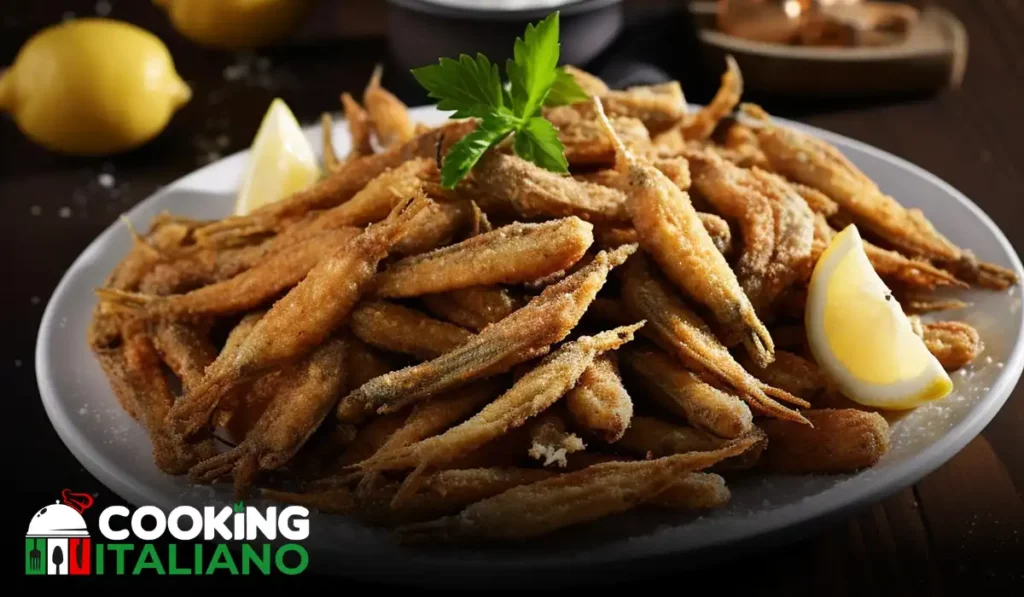
Whether you’re preparing for a family gathering, a romantic date night, or simply want to expand your cooking horizons, breaded and deep fried anchovies are an excellent choice. They are a testament to the time-honored essence of Italian cuisine: the delicious alchemy that occurs when the freshest ingredients meet skillful technique.
FAQs
I’ve only ever encountered anchovies in a paste or on a pizza. How do anchovies taste when they’re fresh?
Fresh anchovies are quite different from their preserved counterparts. They have a mild, salty flavor and a tender, delicate texture. When cooked, they retain this flavor, but gain a satisfying crunch on the outside.
Is there a specific time of year that’s best for purchasing fresh anchovies?
Anchovies are generally more plentiful in the spring and summer, so this is an ideal time to buy them. However, quality fresh anchovies can be found year-round, especially in coastal areas with thriving fishing communities.
Can I use the same preparation for other types of fish, like sardines or mackerel?
Yes, this method is excellent for a variety of small, whole fish. Experiment and enjoy the rich diversity of flavors that each offers.
Can I use vegetable or canola oil instead of olive oil for frying?
While olive oil is traditional and adds a particular taste, you can definitely use vegetable or canola oil. They have higher smoke points, making them more suitable for frying.




